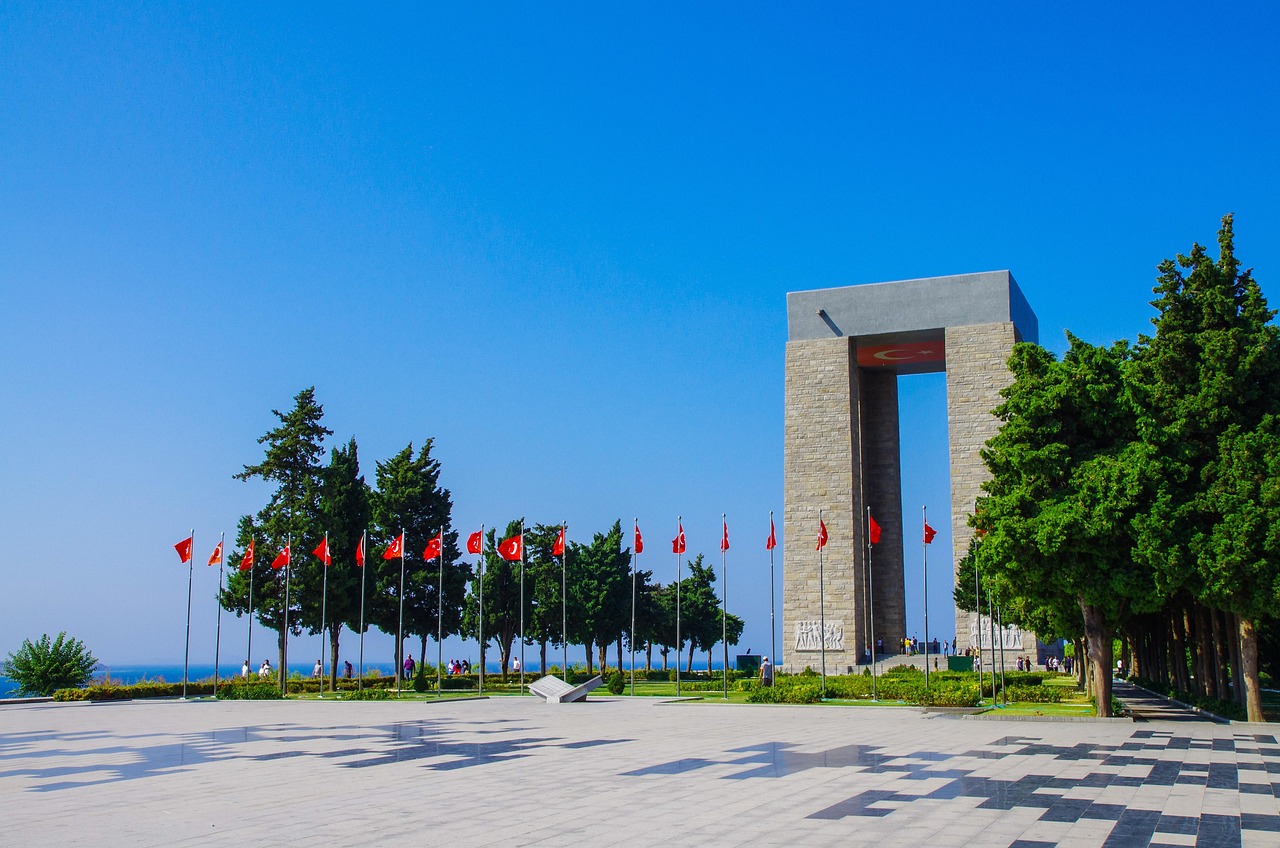Çanakkale, Turkey: The Ultimate Travel Guide 2025

Set along the sparkling waters of the Dardanelles in northwestern Turkey, Çanakkale is a lively, welcoming city that blends modern energy with the echoes of ancient and modern history. The town sits at the narrowest point of the strait that separates Europe and Asia, giving it a special maritime character. Ferries glide across the channel, fishing boats line the harbor, and locals gather on the promenade to watch the sunset over the Gallipoli hills. Its coastal cafés, compact old town, and easygoing rhythm make it a delightful place to unwind before heading out to nearby landmarks.
Çanakkale is the perfect base for exploring some of Turkey's most iconic sites, including the legendary ruins of Troy and the moving battlefields of Gallipoli. Day trips are easy to arrange, and the town's location means you can explore both sides of the Dardanelles with ease. The atmosphere here feels authentic and unhurried — a blend of students, seafarers, and travelers drawn by its proximity to world-famous heritage. It's also a great stop on an overland journey between Istanbul and the Aegean coast, offering a more local feel than the larger resort cities further south.
With its blend of seaside beauty, cultural vibrancy, and proximity to two of the country’s most significant historical areas, Çanakkale is one of the best places to visit in Turkey. Whether you come to see the legendary ruins of Troy, reflect at the memorials of Gallipoli, or simply enjoy a sunset by the harbor, the city rewards every traveler with a mix of relaxation, meaning, and understated charm.
Table of Contents
- History of Çanakkale
- The History of Çanakkale
- Ancient and Classical Periods
- Byzantine and Early Ottoman Periods
- The Modern Era and the Gallipoli Campaign
- Çanakkale Today
- Best things to do and See in Çanakkale
- 1 Best Day Trips from Çanakkale
- Where to Stay in Çanakkale
- Best Time to Visit Çanakkale
- Visiting Çanakkale in Spring
- Visiting Çanakkale in Summer
- Visiting Çanakkale in Autumn
- Visiting Çanakkale in Winter
- How to get to Çanakkale
History of Çanakkale
The History of Çanakkale
Situated on the narrow strait of the Dardanelles in northwestern Turkey, Çanakkale has long occupied one of the most strategic positions in the world. The city and its surrounding region have witnessed the rise and fall of countless civilizations — from the ancient Trojans and Persians to the Byzantines, Ottomans, and modern Turks. Its story is one of constant transformation, shaped by trade, conquest, and the eternal flow of ships between the Aegean and the Sea of Marmara.
Ancient and Classical Periods
The history of Çanakkale’s region stretches back over 5,000 years to the Bronze Age city of Troy, just 30 kilometers to the southwest. Troy’s location near the mouth of the Dardanelles made it a key settlement for controlling maritime trade between the Aegean and Black Seas. After the fall of Troy, the area continued to attract new settlers — Greeks, Persians, and later Romans — who recognized the Dardanelles’ importance as both a military and commercial gateway. In antiquity, the strait was known as the Hellespont, famously crossed by Xerxes during the Persian invasions of Greece and later by Alexander the Great on his way to Asia.
Byzantine and Early Ottoman Periods
During the Byzantine era, the Dardanelles remained a vital passage, heavily fortified to protect Constantinople from seaborne threats. Small fishing villages and military outposts dotted the coastline. In the 14th century, as the Ottoman Empire expanded across Anatolia and into Europe, the region became even more significant. To control the strait, the Ottomans built a pair of powerful fortresses — Kilitbahir on the European side and Kale-i Sultaniye on the Asian shore — the latter giving Çanakkale its modern name (“Fortress of the Sultan”). The town gradually grew around this fortress, serving as a garrison and trading port.
The Modern Era and the Gallipoli Campaign
By the 19th century, Çanakkale had become an active provincial port, its population a mix of Turks, Greeks, Armenians, and Jews engaged in fishing, commerce, and shipping. Its defining moment, however, came during World War I. In 1915, Allied forces attempted to force their way through the Dardanelles and capture Istanbul — a campaign that culminated in the bloody Battle of Gallipoli. The Ottoman defense, led by Mustafa Kemal (later Atatürk), turned back the invasion, shaping both Turkish national identity and the city’s legacy.
Çanakkale Today
Following the establishment of the Republic of Turkey in 1923, Çanakkale continued to thrive as a regional center and gateway between continents. Today, it is both a modern university city and a guardian of memory — its name forever linked to both the myths of ancient Troy and the heroism of Gallipoli. The waters that once saw legendary fleets and wartime convoys are now crossed by ferries and fishing boats, but the sense of history remains strong. Every era has left its mark, making Çanakkale a living reflection of Turkey’s enduring connection between East and West.
Visiting Çanakkale for the first time and wondering what are the top places to see in the city? In this complete guide, I share the best things to do in Çanakkale on the first visit. To help you plan your trip, I have also included an interactive map and practical tips for visiting!
This website uses affiliate links which earn a small commission at no additional cost to you.



